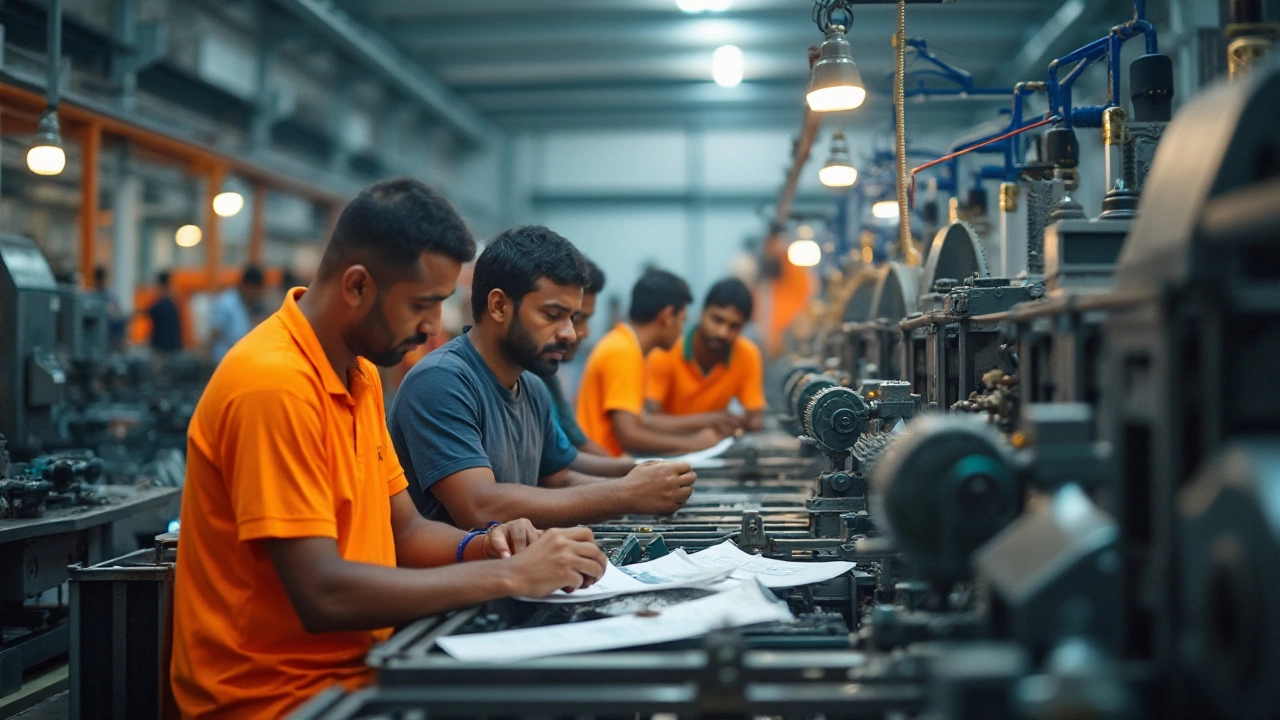Imports and Indian Manufacturing: Understanding Global Trade Impacts
When talking about imports, the flow of goods into a country for use in production, consumption, or resale. Also known as inbound trade, imports are a key driver of cost structures and technology adoption in factories. They intersect with manufacturing, the process of turning raw materials into finished products, because many Indian plants rely on overseas components to stay competitive. Likewise, a robust supply chain, the network that moves materials from source to final product depends on timely imports to avoid bottlenecks. Finally, the relationship between domestic production, manufacturing that uses locally sourced inputs and imports determines how much a company can reduce reliance on foreign goods. In short, imports influence manufacturing costs, supply‑chain resilience, and the balance with export opportunities.
Why Imports Matter for Indian Factories Today
India’s push to become a global electronics hub, for example, hinges on importing semiconductors, advanced plastics, and high‑precision tools that are not yet produced locally. Articles like "Top Countries Exporting Semiconductors to India" and "Cheapest Electronics by Country 2025" highlight how critical these inbound flows are for keeping assembly lines running. When import duties rise or shipping delays occur, manufacturers feel the pinch in higher unit costs or slower time‑to‑market, which can erode the competitiveness of Indian exports. Conversely, smart sourcing strategies – such as diversifying suppliers across regions or leveraging free‑trade agreements – can turn imports into a competitive advantage, delivering better technology at lower prices.
Looking ahead, the tension between imports and domestic production will shape policy debates around reshoring and self‑reliance. Studies on "Local Manufacturing Explained" show that while reshoring can create jobs, it also demands significant capital investment and skill development. Companies that balance imported inputs with locally made components often achieve the best of both worlds: they tap into cutting‑edge global tech while supporting local economies. Below you’ll find a collection of articles that dive deeper into these dynamics, from the role of imports in the furniture sector to how semiconductor imports feed India’s tech boom. Each piece offers practical insights you can apply to evaluate your own supply‑chain strategy.

The United States, being a leading economy, imports a significant portion of its machinery from various global suppliers. Among these, India stands out as a prominent contributor to the US machinery market. This article delves into the factors that make Indian manufacturers critical providers, highlights the prominent companies involved, and explores the potential growth areas in this sector. With robust manufacturing capabilities and competitive pricing, India's role in supplying machinery to the US continues to grow. (Read More)








